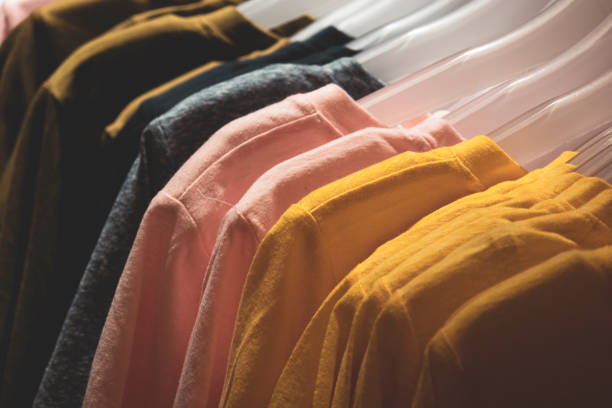Women Clothing for Elderly Women: Comfort-Focused House Dresses
Comfortable, easy-to-wear clothing plays a central role in daily life for many elderly women. Practical choices can support mobility, skin health, independence, and dignity while reflecting personal style. This article outlines how to prioritize comfort without sacrificing appearance, with specific attention to house dresses, adaptive features, fabric choices, and where to look for garments and local services.

Why does comfort matter for elderly women?
Comfort in clothing affects more than physical ease; it supports movement, skin integrity, and confidence for elderly women. Ill-fitting garments, rough seams, or restrictive fastenings can cause skin irritation, limit mobility, or create safety concerns. Clothing that fits well and accommodates physical changes—such as reduced range of motion, sensitive skin, or swelling—can make dressing easier and reduce daily stress. Prioritizing comfort also helps maintain dignity and promotes continued participation in social and household activities.
What features make house dresses suitable?
House dresses are a practical option because they are typically loose, easy to put on, and require minimal adjustments. Good features to look for include breathable, washable fabrics (cotton blends, modal), simple necklines, and roomy cuts that do not constrict the torso. Consider details such as pockets positioned for convenience, front or side closures for easier dressing, and hems that avoid tripping hazards. House dresses that are machine-washable and wrinkle-resistant reduce laundering time and help maintain a neat appearance with less effort.
How to select clothing for ease and mobility?
When choosing everyday clothing, prioritize garments that allow free movement and simplify dressing tasks. Elastic waistbands, pull-on styles, and garments with wider armholes help with mobility. Smooth, flat seams and tagless designs prevent chafing. For footwear, prioritize lightweight shoes with non-slip soles and secure fastenings; slip-on loafers or velcro closures can be safer than laces for some. Layering pieces—light cardigans or zip-front sweaters—provide adaptable warmth and are easier to remove than fitted garments.
How does senior fashion adapt to changing needs?
Senior fashion is increasingly focused on marrying functionality with personal style. Adaptive clothing features—hidden magnets replacing buttons, side openings for seated dressing, and adjustable hems—help accommodate changing abilities. Neutral and coordinated color palettes make outfit selection faster, while pattern placement and cut can flatter changing body shapes. Simple accessories, like scarves or brooches, can add personality without complicating dressing. The overall aim is to support independence while reflecting individual taste, not to force a specific aesthetic.
Where to find comfortable clothing and local services?
Look for clothing options both online and through local services in your area. Independent boutiques, department stores with dedicated seniors’ sections, and specialty retailers often offer adaptive lines or can recommend alterations. Local seamstresses or tailoring services can modify garments for easier closures, adjusted waistlines, or shortened hems. Community centers and senior-focused organizations may list resources or host clothing swaps and advice sessions. When shopping online, filter for keywords like “adaptive,” “easy-care,” or “elastic waist” to narrow results.
Conclusion
Choosing women clothing that emphasizes comfort and practicality can improve daily life for elderly women by reducing dressing difficulty, minimizing skin irritation, and supporting mobility. House dresses, adaptive features, thoughtful fabric choices, and simple styling all contribute to a wardrobe that balances ease with personal expression. Exploring local services for alterations and seeking garments designed for older adults can extend garment usefulness and foster independence, helping clothing serve both functional and social needs without compromising comfort.






